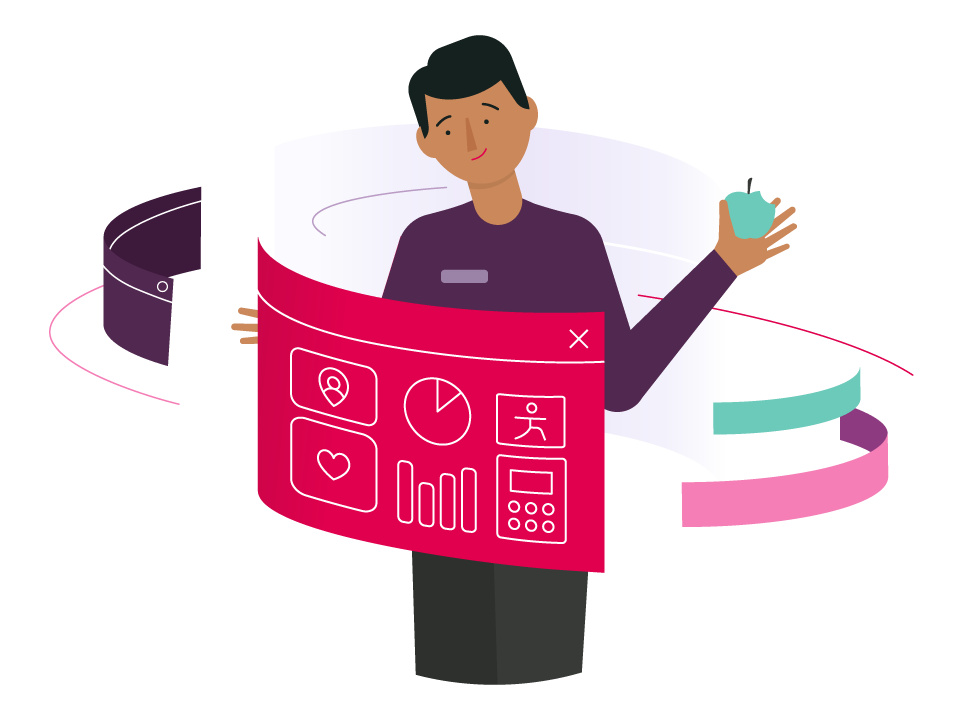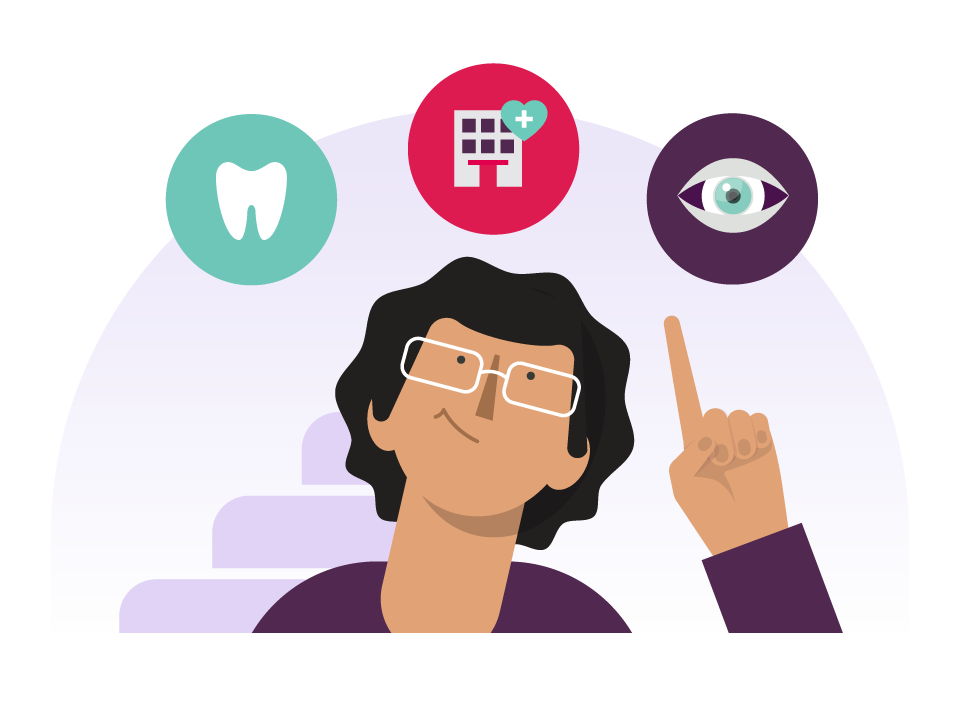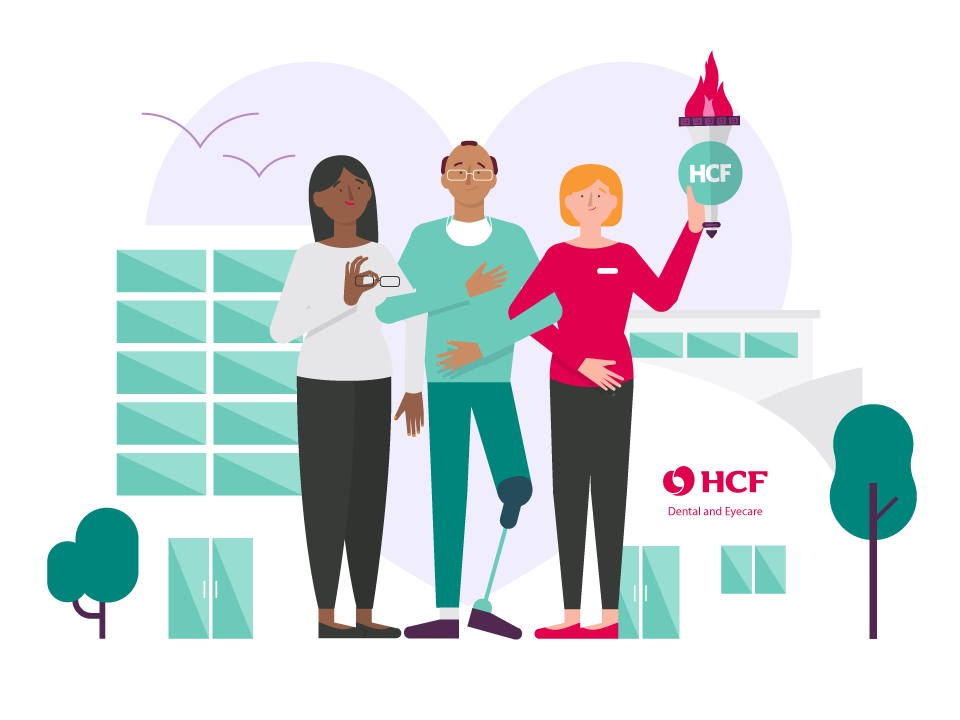After your anaesthetic has been given, you’ll be unconscious.
The surgery is done through your mouth so there are no cuts or stitches anywhere on your skin. Surgeons use a variety of methods to remove tonsils and adenoids. Tonsils may be removed with a knife and scissors, electric cautery, or one of several new devices which cut tissue with less heat and damage to the surrounding area. This is something you can ask your surgeon about beforehand.
Tonsils are visible when your mouth is open, unlike adenoids which must be seen with a mirror placed in the back of your throat.
Total or partial removal of the tonsils
In most cases the tonsils are completely removed. There is little evidence that one method is better than another with regards to postoperative pain or bleeding.
Occasionally, partial tonsillectomy (tonsillotomy) is performed. This won’t be done if you have recurrent tonsillitis because a small amount of tonsil tissue is left behind. It may be considered if you have obstructive sleep apnoea.
Rarely, the small amount of tissue left behind becomes infected or enlarged, which can cause recurrent symptoms.
Removal of the adenoids
Adenoids are always ‘shaved’ down and come out in pieces, either using a curette or with a combination of electric cautery and suction. Enough tissue is taken to unblock the back of your nose, but there’s usually a small amount left as removing it all would risk scarring the back of your throat.
It’s extremely rare for the little bit of adenoid tissue left after surgery to grow back enough to cause problems.







